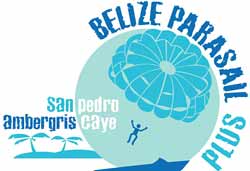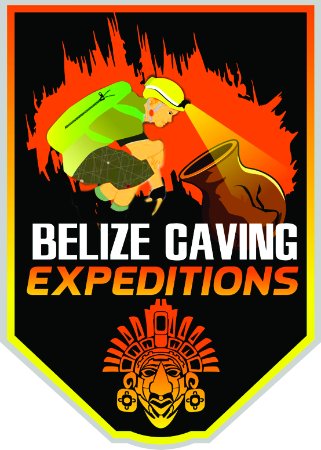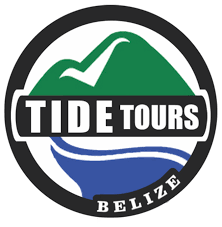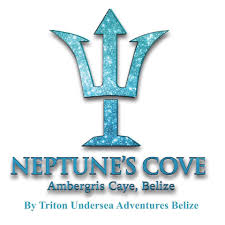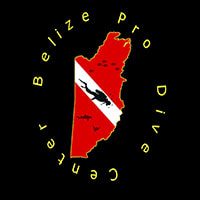|
Antheraea Polyphemus Moth A member of the Saturniidae family, the giant silk moths. It is a tan-colored moth, with an average wingspan of 6 inches. The most notable feature of the moth is its large, purplish eyespots on its two hindwings. The caterpillar can eat 86,000 times its weight at emergence in a little less than two months. Moths are closely related to butterflies. Most species of moths are active only at night. They can be told apart from butterflies in several ways. Moth antenna look like little feathers, and their wings are held flat on their backs when they are not flying. There are thought to be about 160,000 species of moths (nearly ten times the number of species of butterflies). Most species of moths are nocturnal, but not all, some are diurnal. JAYMIN'S BACKYARD HABITAT Behavior Adult polyphemus moths are nocturnal. Adult males can only fly at temperatures above 7˚C. Larvae are solitary and, in captivity, crowding of Saturniids leads to decreased growth and increase likelihood of disease transmittance. Physical Description Polythemus moths, as caterpillars, are bright green with a reddish brown head. They have 6 orange tubercles and bristles on each segment of their body. Each abdomen segment has a slanted yellow line that is purple-brown in color. Caterpillars can grow to about 7 cm in length. Polythemus moths have a hairy body, and adults can vary from red-brown to dark brown in color. Each hind wing has a large yellow “eyespot” lined with blue and black. The center of this eyespot is uniquely transparent. The front wings have a smaller yellow spot. The margin of both the front and hind wings has a black and white stripe. Wingspan ranges from 10 to 15 cm. Whereas adult males have bushy antennae for detecting pheromones, females have slender antennae. LIFE CYCLE
Lifespan/Longevity As adults (moths), polyphemus moths live a maximum of only 4 days. Their entire life cycle averages about 3 months in length. This includes about 10 days as eggs, 5 to 6 weeks as larvae, 2 weeks as pupa, and about 4 days as adults. If they overwinter as pupa, this life cycle increases in length. 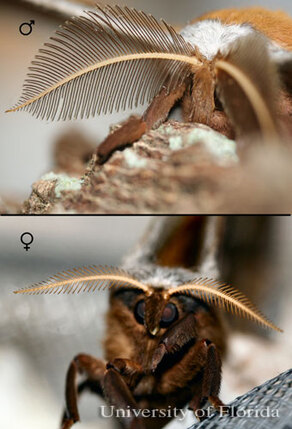 Sexual Dimorphism Differentiating between sexes of this species is very easy. The most obvious difference is the plumose antennae. MALES-Have very bushy antennae. Male's antennae are used to detect pheromones released by ummated females. FEMALES-Have moderately less bushy antennae. Female's are slightly larger in the abdonmen due to carrying eggs. A surprising amount of variation occurs within this species. Color patterns can range from a reddish cinnamon to a dark brown, but are almost always a shade of brown. Communication & Perception Polyphemus moths, use their antenaes to communicate. When ready to mate, female polyphemus moths emit pheromones that attract males. One of the reasons why the antenaes are so large on males, is so they can detect this pheromone being emitted by females. Males also use their sense of smell & touch to locate females. Although larvae (caterpillars) have eyes, they are small and primitive, resulting in poor vision. 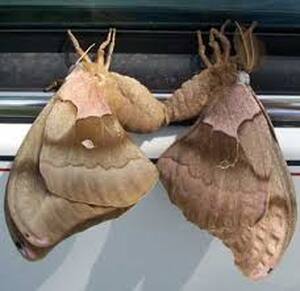 Mating & Reproduction Popyphemus moths mate the same day that they emerge from their cocoons, and mating usually occurs during late afternoon. Females emit pheromones, which can be detected up to a mile away, to attract mates. Mating can last from less than an hour to many hours. Females lay their eggs shortly after mating. If unsuccessful in recruiting a male after 2 or 3 days, females stop calling and release their unfertilized eggs. Female polyphemus moths begin to emerge and mate during early spring. Females lay up to 5 eggs singly or in groups of 2 or 3 on the underside of tree leaves. Eggs are flat and round, cream to light tan in color on top with a brown outline, and are about 1.25 mm thick and 3 mm in diameter. In most regions, 2 broods of polyphemus moths hatch per year; one hatches in early spring and the other in late summer. However, in the northernmost part of their range, only one brood hatches per year. In the southern part of their range, many broods may hatch each year. Female polyphemus moths usually lay their eggs on leaves that are a good food source for the caterpillars. They are not otherwise involved in the rearing of their offspring. Food Habits Caterpillars feed on leaves of broad-leaved trees and shrubs. Larvae also eat their egg shells after hatching and their freshly molted skin. A caterpillar eats 86,000 times its body weight. Adult moths have a reduced mouth and do not eat. Development After about 10 days, tiny polyphemus moth caterpillars hatch from eggs. Larvae (caterpillars) molt 5 times and grow to their full size in 5 to 6 weeks. When caterpillars are fully grown, they wrap themselves in a leaf and build a cocoon out of silk. Cocoons are oval in shape, 40 mm in length and 22 to 24 mm in diameter. While in a cocoon, a caterpillar develops into a pupa and then emerges as an adult moth in about 2 weeks. Polyphemus moths can also overwinter in their cocoons, which increases time as pupae. 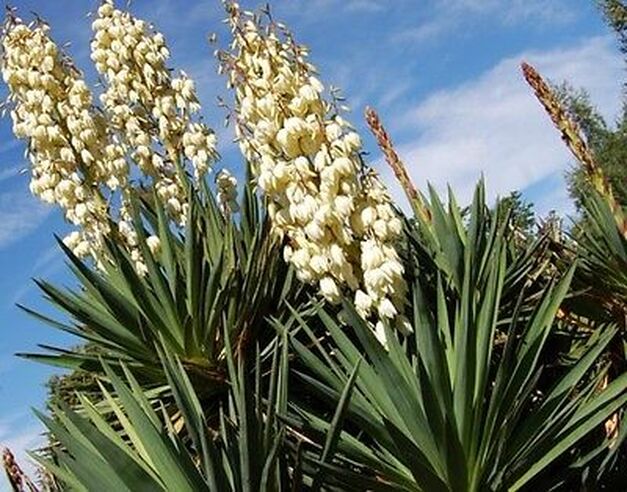 Silk production Some moths are farmed. The most important of these is the silkworm. It is farmed for the silk with which it builds its cocoon. The silk industry produces over 130 million kilograms of raw silk, worth about 250 million U.S. dollars, each year. Pollination Yucca flowers are good for moth pollination because they hang upside down. Moths usually pollinate night-blooming flowers because they are nocturnal (they rest during the day and come out at night). However, moths do not always need to land on the flower to get the nectar: they often hover (near the flower), flapping their wings as they sip the nectar. Conservation Parasitic insects (such as the parasitoid wasp), like to lay their eggs in or on the young caterpillars. When these eggs hatch, they actually consume the insides of the caterpillar (killing the polyphemus pupa). Another preditor is also the compsilura concinnata tachinid fly. Squirrels have also been known to consume the pupae of Polyphemus moths, decreasing their population greatly. Pruning of trees and leaving outdoor lights on at night can also be detrimental to the moths. Predators & Parasites
Nocturnal insectivores often feed on moths. Many bats, and some species of owls and some other birds eat moths. They can also be preyed upon by yellowjackets and ants. Moths are also a minor part of the diet of some lizards, cats, dogs, rodents, and some bears. Moth larvae are eaten by many birds, wasps, raccoons and squirrels. There is evidence that ultrasound in the range emitted by bats causes flying moths to make evasive manoeuvers because bats eat moths. Ultrasonic frequencies triggered (by the bat), cause a reflex reaction in moths, this causes them to drop a few inches in flight, thus avoiding an attack by a bat.
0 Comments
|
Is located on the island of Ambergris Caye, directly across from the Belize Barrier Reef, off the mainland coast of Belize. The property is nestled in a cluster of Australian Pine trees, backed to a littoral jungle, and surrounded by tropical gardens. It's about a one minute walk from the property to the beach, and a 10-15 minute drive from the island airstrip to the property.
We offer one bedroom suites (455 s.f.) of living area to include: livingroom, kitchenette, private bathroom and bedroom. We are also about a one minute walk from one of the best restaurants on the island serving (breakfast, lunch & dinner). Within walking distance you can find: (3) blocks is Robyn's BBQ (4) blocks is 2 fruit stands (5) blocks local grocery store IF YOU'RE COMING TO BELIZE TO............... If you're coming to Belize to dive the Blue Hole, descend the shelf walls at Turneffe, snorkel the Barrier Reef, explore Mayan ruins, rappel into a cave, kayak along the river through caves, zip line through jungle tree tops, hike through a cave to see an ancient human skeleton, swim with sharks, listen to Howler Monkey's, hold a boa constrictor, feed a jaguar, horseback ride through the jungle, canoe through a cave, rappel down a waterfall, sail around an island, enjoy cocktails & dinner to a sunset, climb 130' feet to the top of a Mayan ruin, rip up the jungle trails on an ATV, float through a series of caves on a tube, and sip on a rum punch..... then this is the place for you. Belize Budget Suites, offers you clean, affordable, attractive, accommodations, at prices that allow you to do all the things just mentioned. Archives
February 2021
Categories
All

For All Your Home Improvement Needs

For all Your Real Estate Needs
501-226-4400 10 Coconut Dr. San Pedro, Belize Your Ad Could Go Here
|

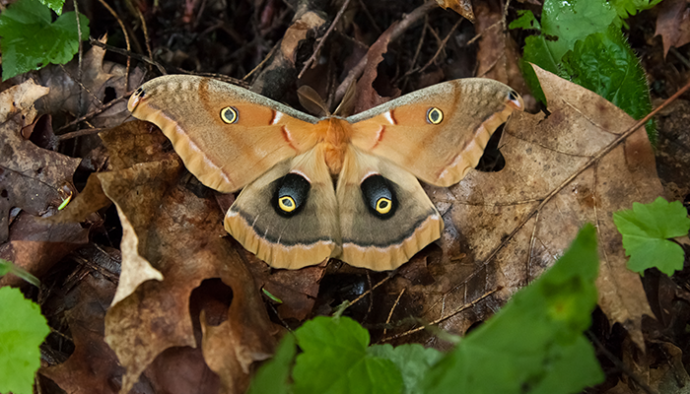
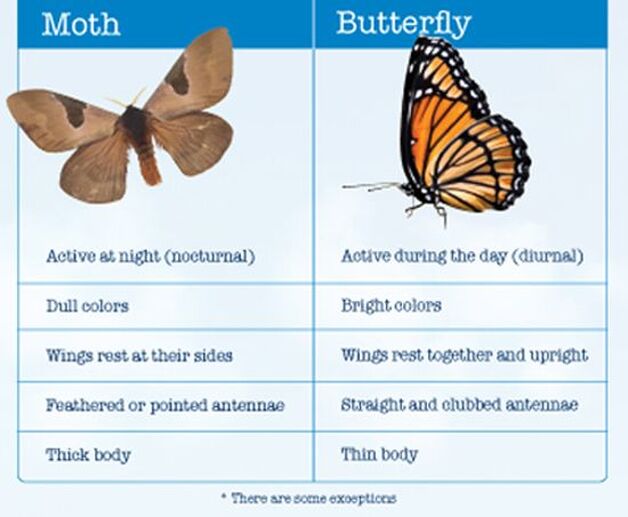
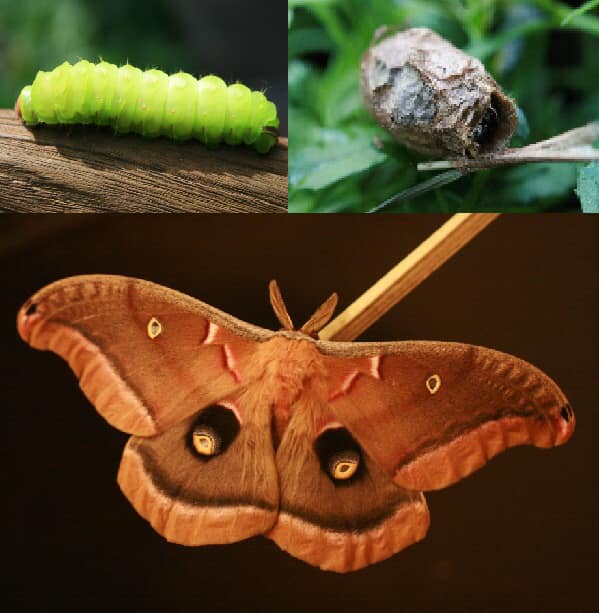
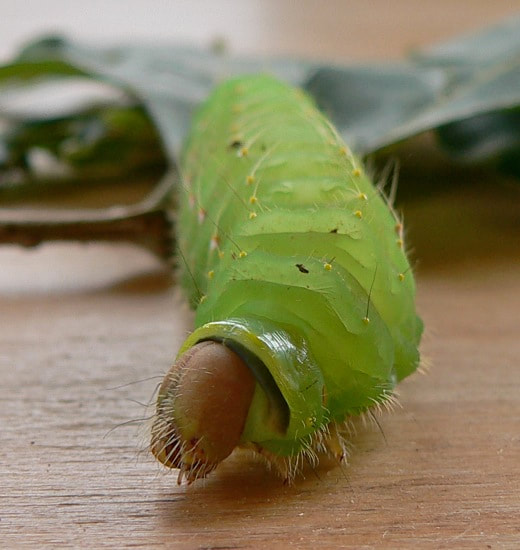
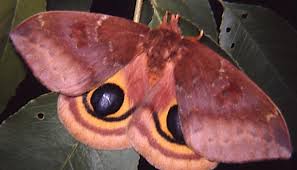

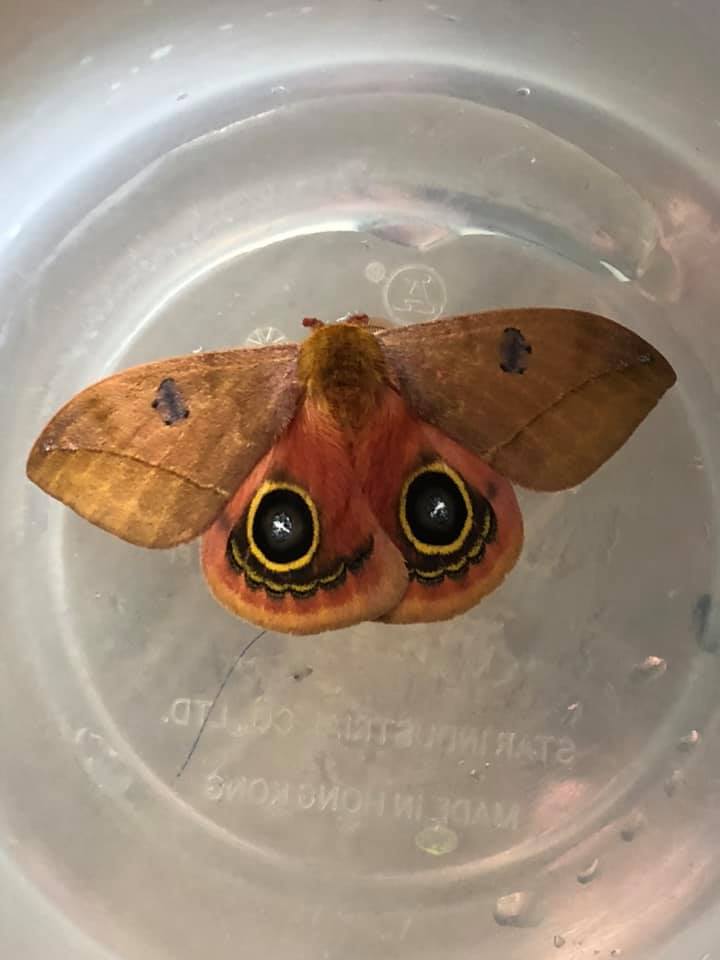
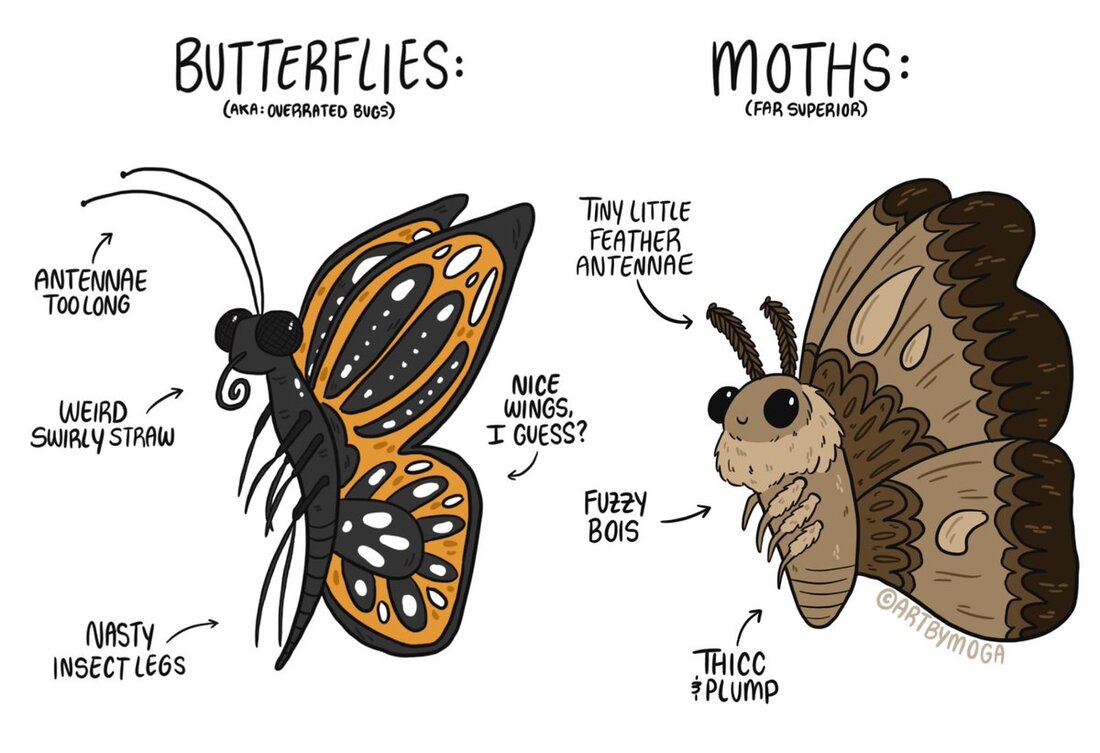
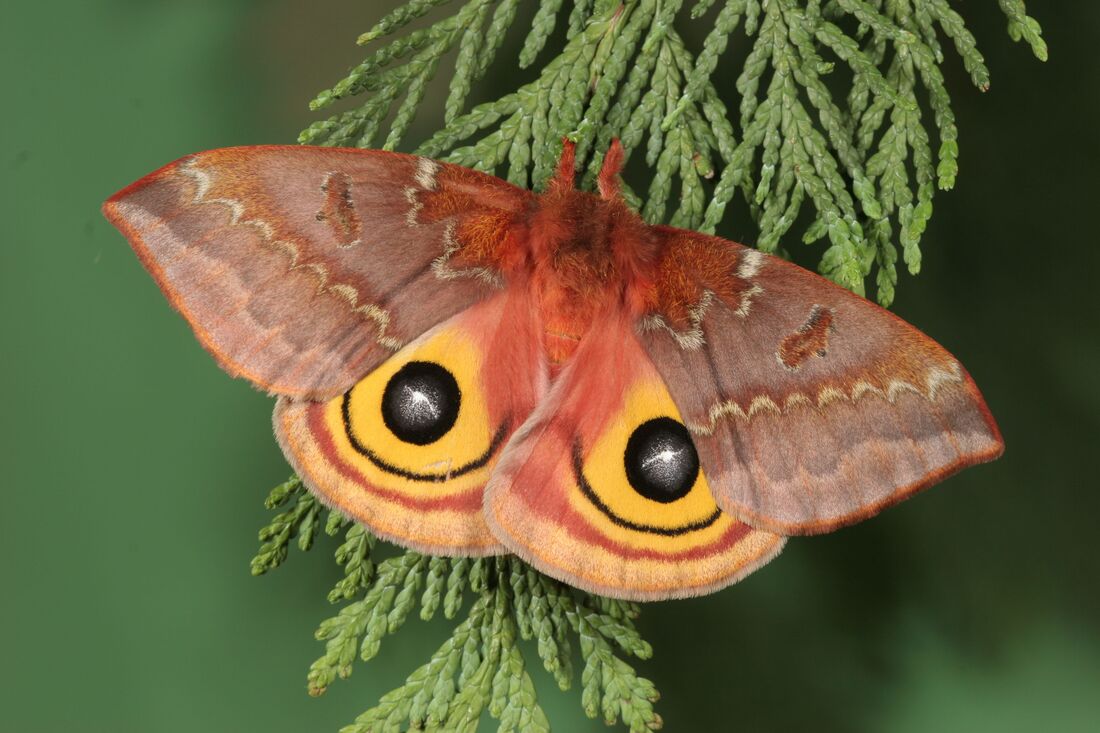
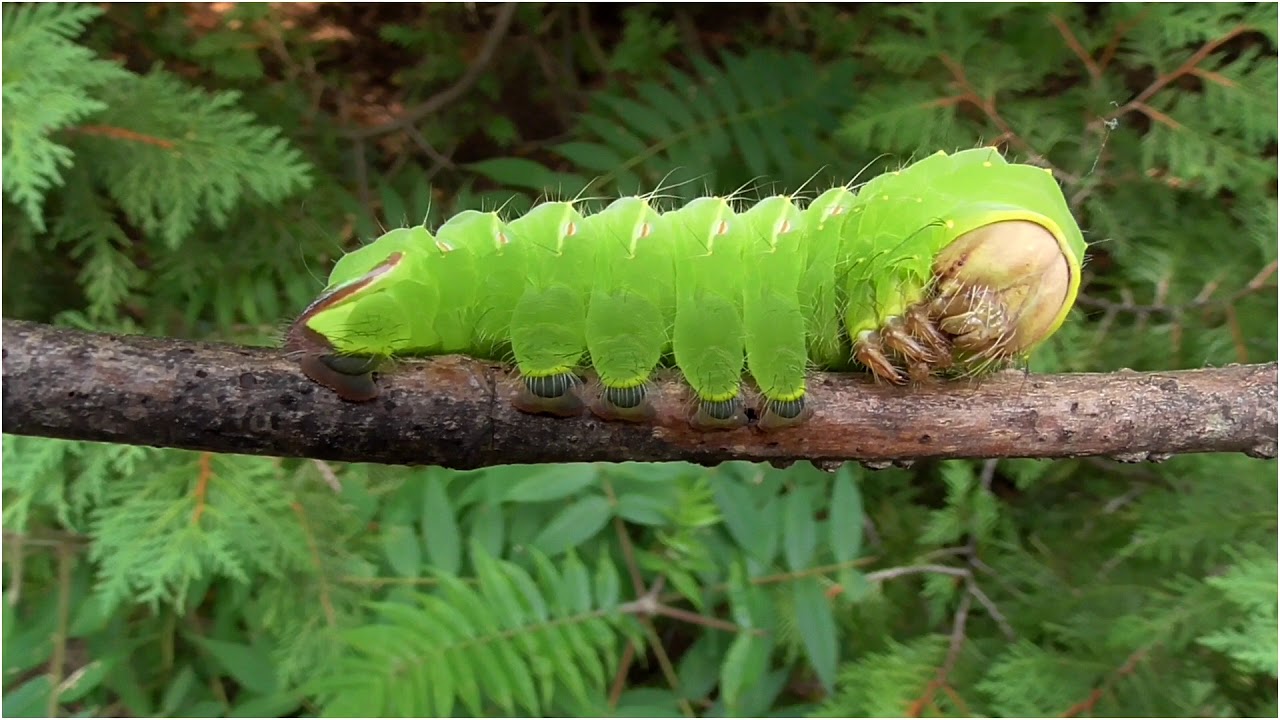
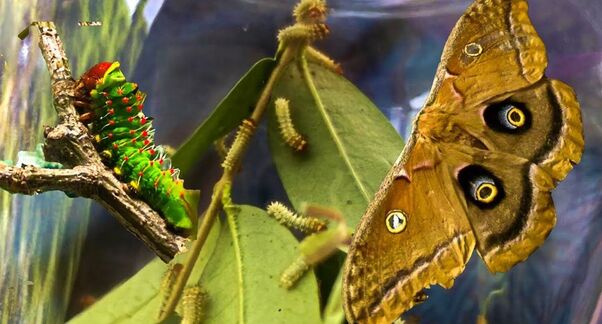
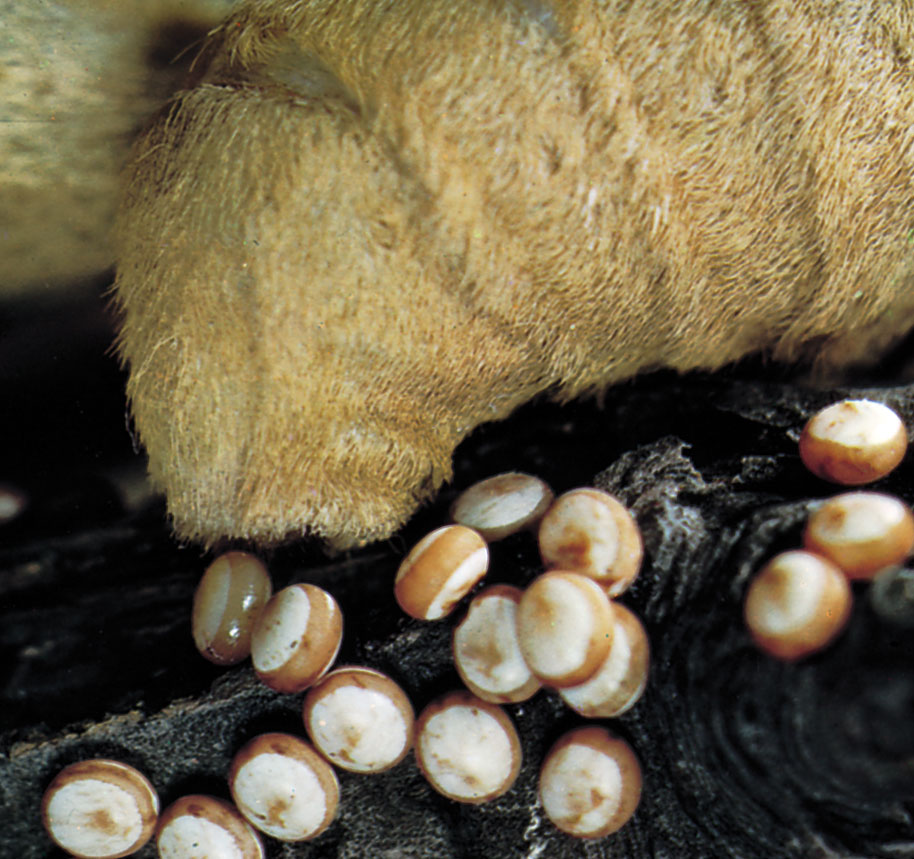
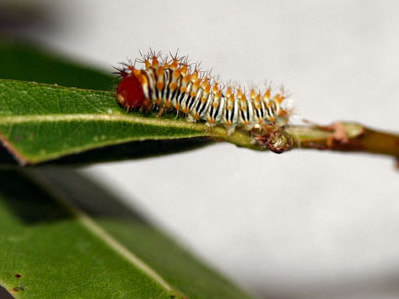
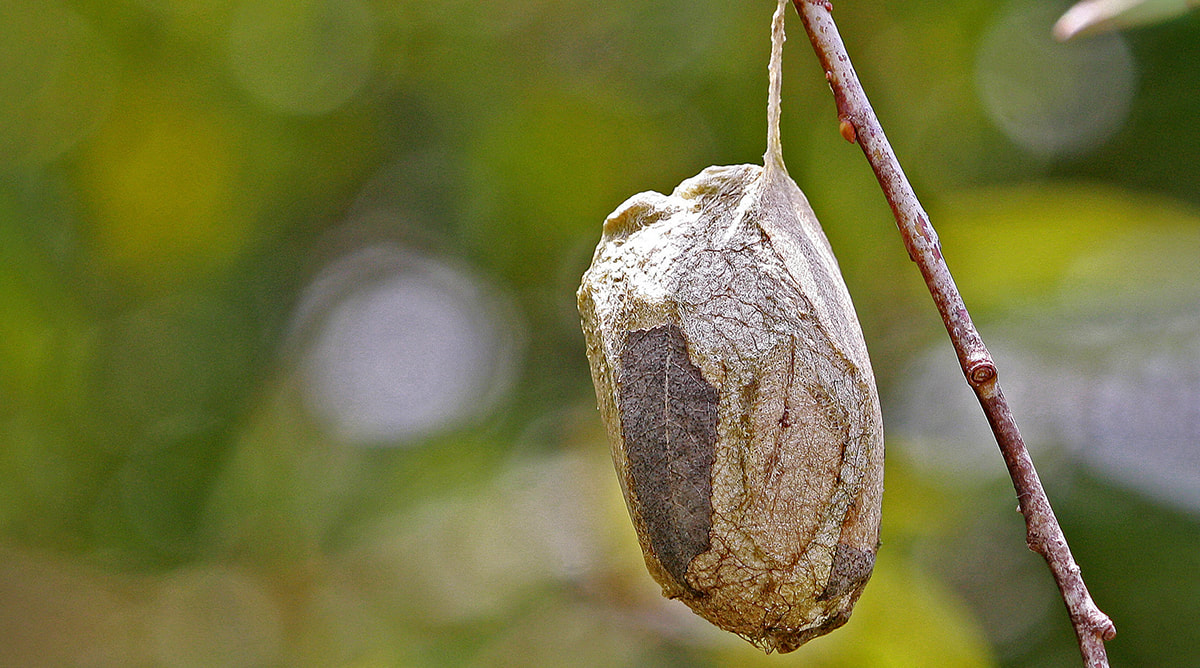
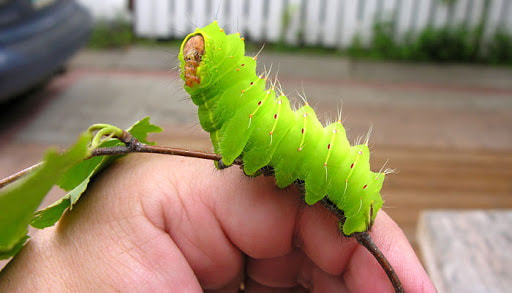
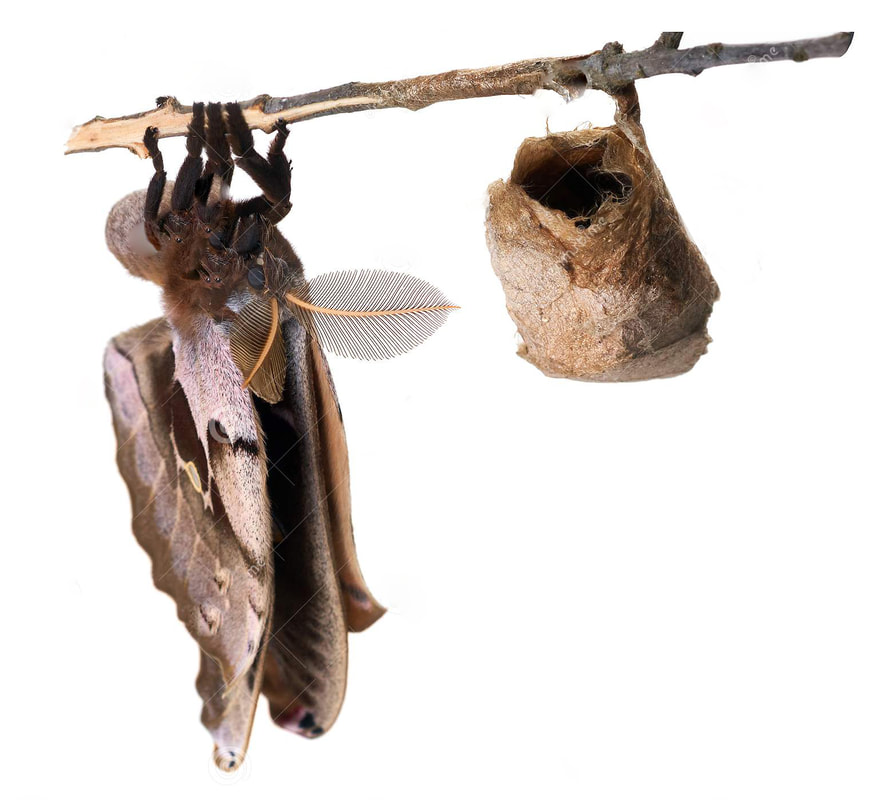
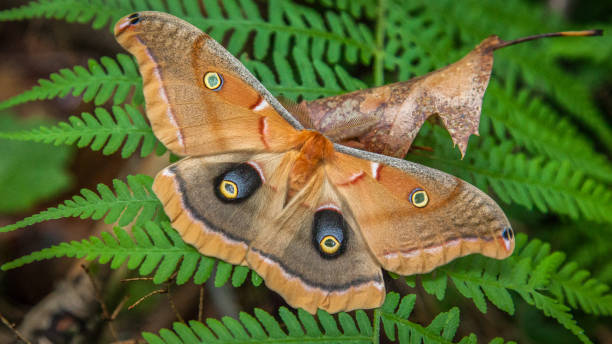
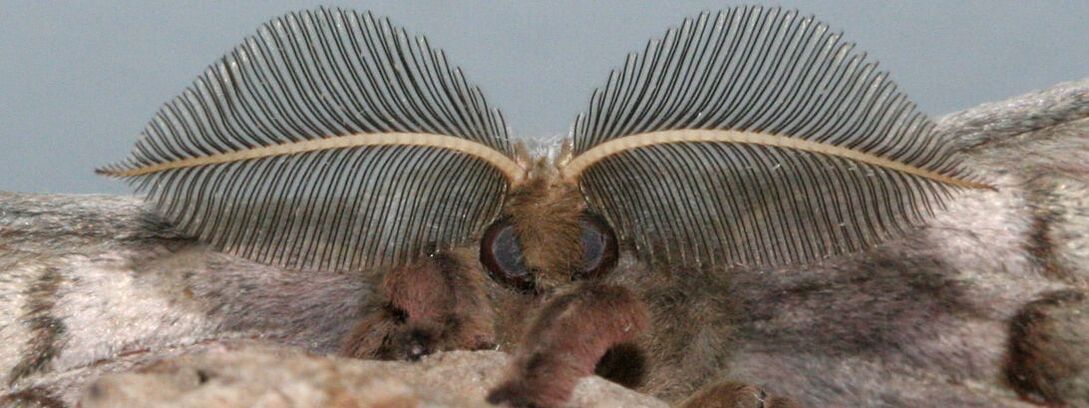
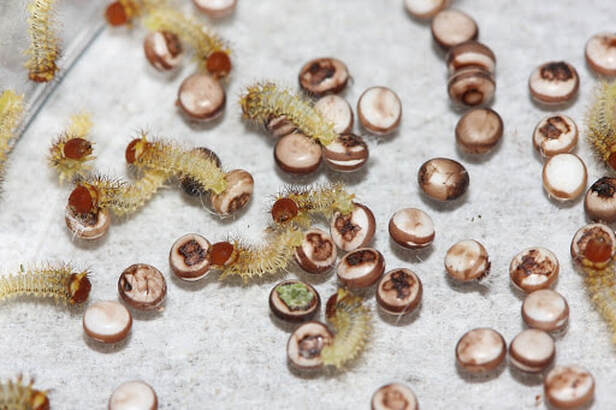
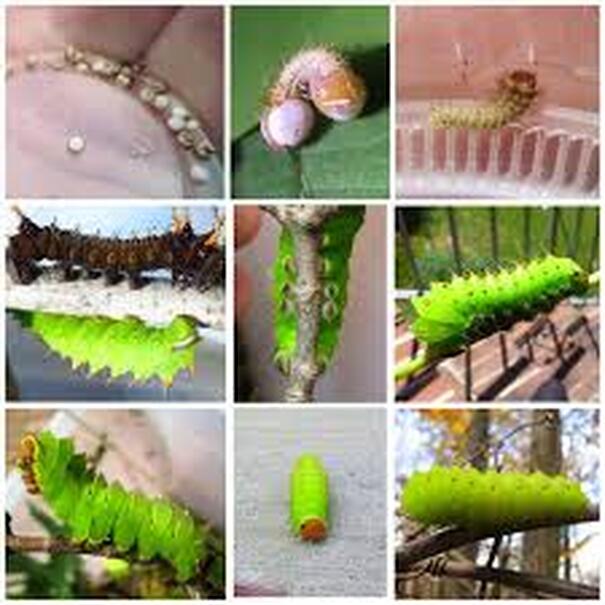
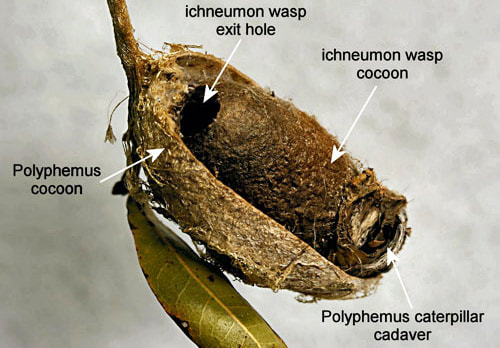
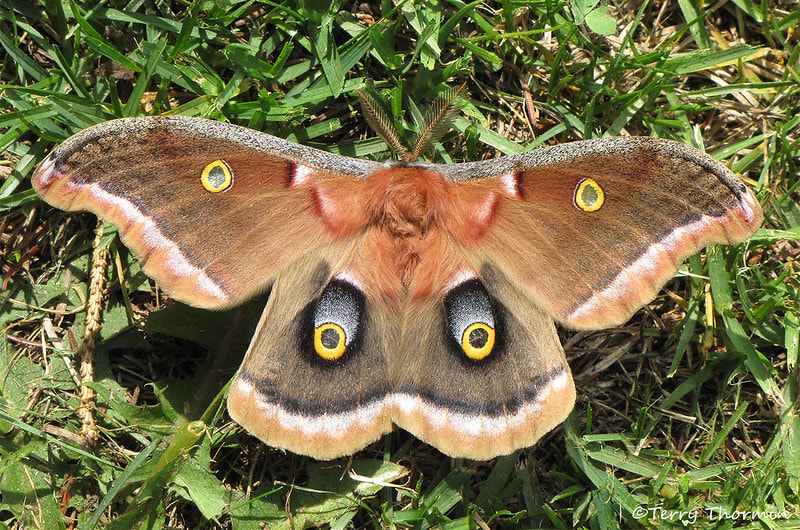
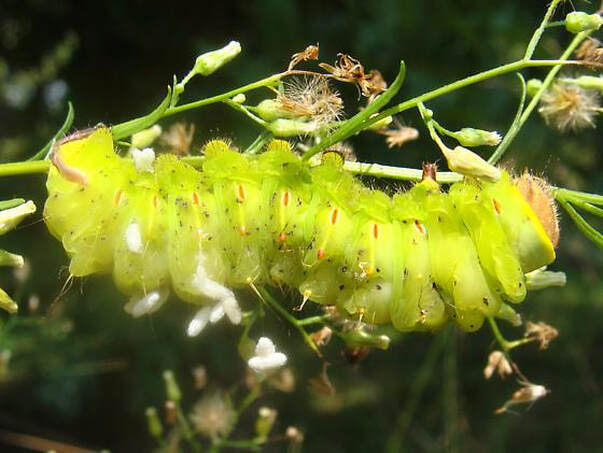

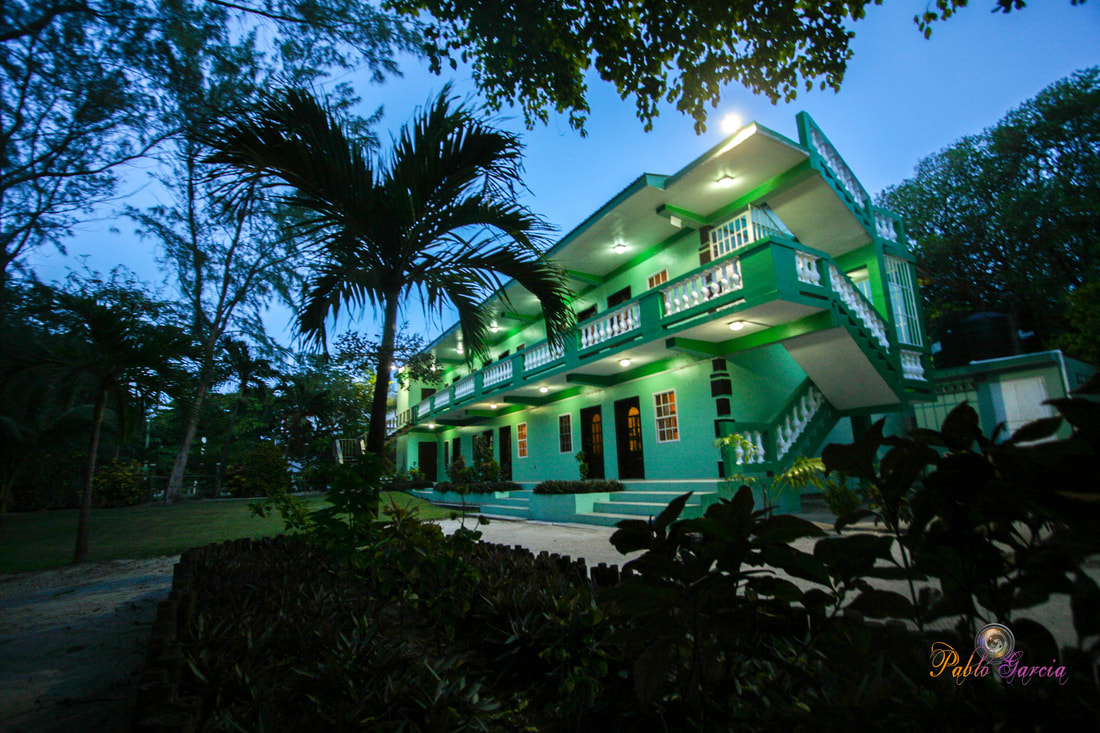
 RSS Feed
RSS Feed







